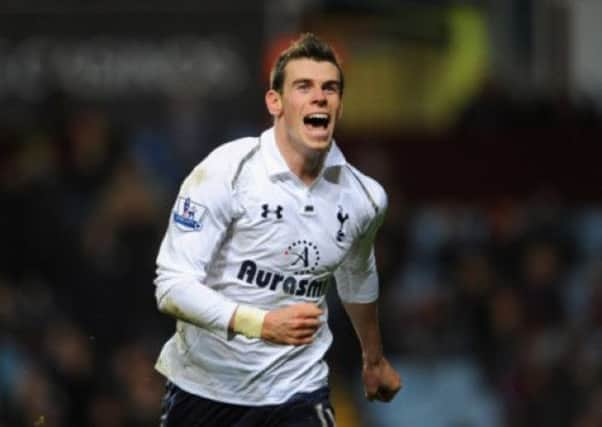Protect what’s yours from use by others


Less well known is that at the beginning of August, he successfully registered as a UK trade mark a logo based on his signature goal celebration. His Eleven of Hearts logo is registered for several classes of goods, including precious metals, jewellery, clothing, footwear and even parasols and walking sticks. It has been suggested that up to a third of Gareth Bale’s income could come from image rights – potentially as high as £3m a year.
Image rights are, broadly speaking, an individual’s rights in the expression of their personality. They should allow a person to control the commercial use of their name, personality, other distinctive parts of their identity and associated images linked to that person. Protecting these rights is an area that is fast moving and continually developing. They have become an integral part of celebrity because they allow famous people to commercialise and exploit their persona and generate significant income. Celebrities like Rihanna, Ke$ha and Wayne Rooney, along with retailers such as Next and Topshop, have all been embroiled in high-profile disputes.
Advertisement
Hide AdAdvertisement
Hide AdThe value of image rights is such that they are already being actively managed and traded, despite the lack of clear legal recognition and the lack of clarity as to the extent of the rights.
Social media
One of the developments in the law is social media. Celebrities have embraced sites such as Twitter, Facebook, YouTube and Tumblr. It offers people a previously unparalleled opportunity for engagement with brands, companies and users. It provides instantaneous access to a very significant part of the global population.
There is no single statute or law of image rights in the UK so the protection lies in the application of other intellectual property and privacy rights.
Celebrities are increasingly turning to registered trade marks in order to protect aspects of their image and to try to stop third parties benefiting financially from this asset without their permission. They are designed to protect against consumer confusion and deception as to trade origin but this protection can be difficult to achieve. The traditional attitude of the courts in attempts to register celebrity marks was that they lack distinctiveness. This is because it is possible that marks associated with famous people could be seen as mere decorations and therefore lack trade mark character. For example, a T-shirt or poster featuring Gareth Bale’s goal celebration mark may simply be seen as a t-shirt or poster of Gareth Bale, as opposed to thinking that they are supplied by, or there is a commercial connection with, Gareth Bale.
Copyright, on the other hand, is not likely to offer a robust means of protecting image rights as a whole. That being said, copyright protection is well established in the field of photography. So one good way for celebrities to use their image is to own the copyright to photographs of them and exploit them through licence.
Next
This issue was in the news very recently when Next, the retailer, produced t-shirts with a photograph of the motorcycle rider, Arran Powley, on them. The rider’s face had been replaced with a photograph of a monkey. Next did this without the permission of the photographer Allan Potts, who specialises in taking pictures of freestyle motocross motorcycling and other extreme sports. Next accepted Mr Potts’ ownership of the photo and have removed all stock nationally and online and agreed a payment for damages and costs.
If you do not own the copyright in the image, you can sometimes use the law of passing off to protect their “image rights”. The underlying principle is that “A man is not to sell his own goods under the pretence that they are the goods of another man.” Rihanna famously sued Topshop when it started selling t-shirts with a photograph of her. The photograph had been taken by an independent photographer and Topshop had a licence from the photographer to use it. However, they did not have permission from Rihanna and she sued, saying that her rights had been infringed, relying on passing off.
Rihanna won the case. The court said Rihanna had goodwill to protect; Topshop had sold goods in circumstances in which customers thought that the good were official merchandise, and that representation was false; and that there had been damage to her goodwill.
Advertisement
Hide AdAdvertisement
Hide AdSo, whilst personality rights are given far greater recognition in other jurisdictions, such as Guernsey, which as of last year allows for the registration and protection of image rights, the laws in the United Kingdom offer individuals a number of ways in which to fight a claim for unauthorised use of their image or likeness. • John MacKenzie is a partner with Shepherd+Wedderburn www.sheppwedd.co.uk